SOURCE: RAUNAK KUNDE / NEWS BEAT / IDRW.ORG
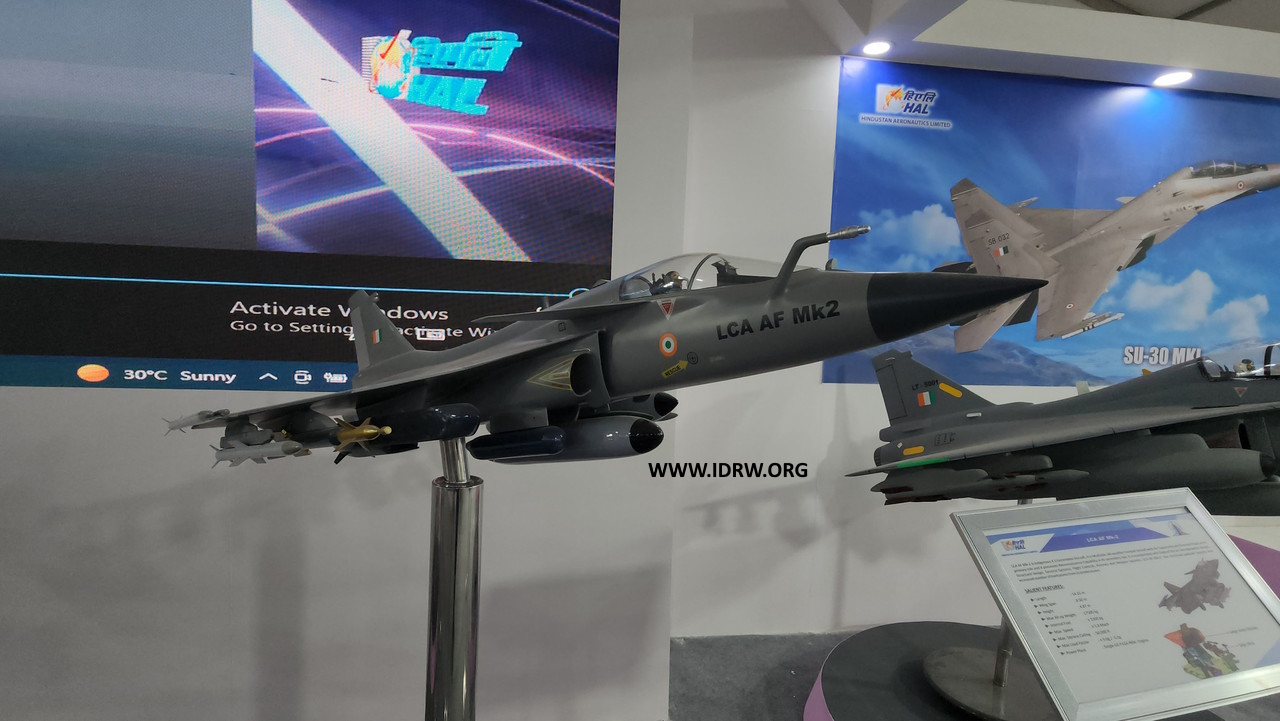

Hindustan Aeronautics Limited (HAL) has announced positive developments concerning the LCA Tejas Mk2 fighter jet program. The company has begun manufacturing the prototype, marking a significant milestone in the project’s timeline.
According to Jayadeva EP, DGM at HAL, the company has already begun manufacturing the Tejas Mk2 prototype. This signifies a significant step forward, with the initial structural assembly already underway.
Continue readingSOURCE: RAUNAK KUNDE / NEWS BEAT / IDRW.ORG
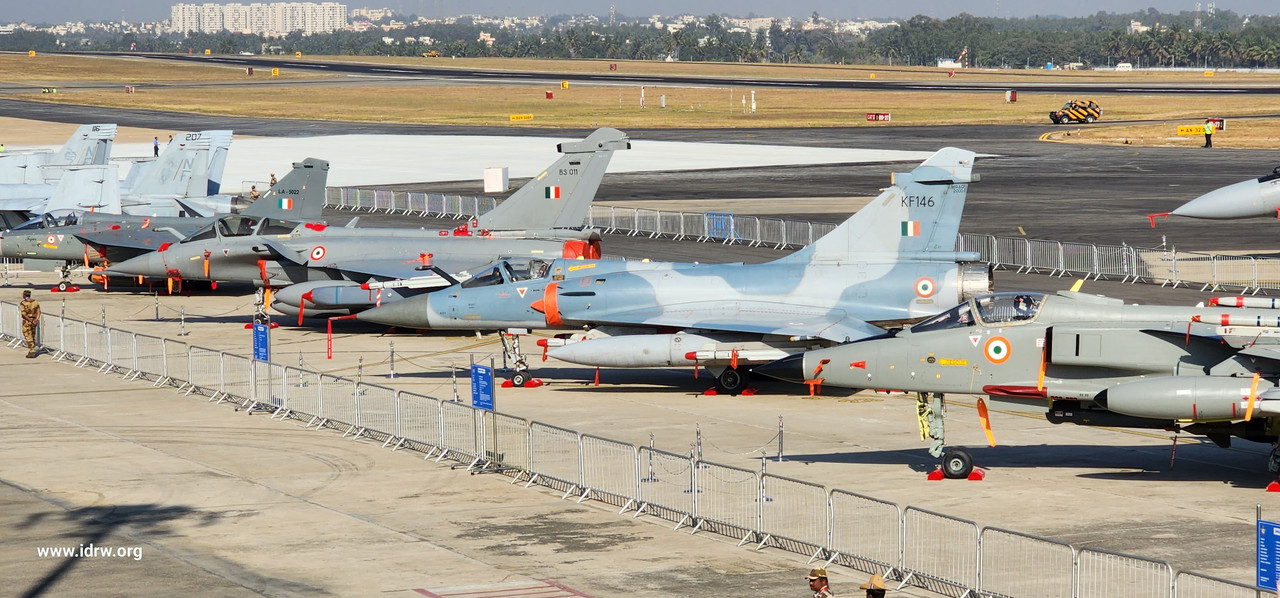

In the late 1990s and early 2000s, the Indian Air Force (IAF) was on a quest to enhance its fighter jet fleet with a proven performer, particularly the upgraded Mirage 2000-5. This quest was fueled by the superior performance of the Mirage 2000H during the Kargil War.
However, the journey to procure 126 Mirage 2000-5 fighter jets, ideally to be locally produced, encountered significant hurdles due to bureaucratic red tape and cost concerns, leading to a broader tender process that eventually delayed the acquisition for decades.
Continue readingSOURCE: RAUNAK KUNDE / NEWS BEAT / IDRW.ORG


California-based Ocean Aero is making waves in the Indian defence market with its innovative TRITON, the world’s first and only Autonomous Underwater and Surface Vehicle (AUSV). Kevin Decker, CEO of Ocean Aero, confirmed interest from both the Indian Coast Guard and Navy in this potentially game-changing technology.
The Triton boasts a unique ability to operate on both the water’s surface and submerged, offering a versatile platform for data collection. Ocean Aero claims the Triton can autonomously gather information from both above and below the ocean’s surface, before transmitting it from anywhere in real time.
Continue readingSOURCE: SATYAJEET KUMAR/ FOR MY TAKE / IDRW.ORG
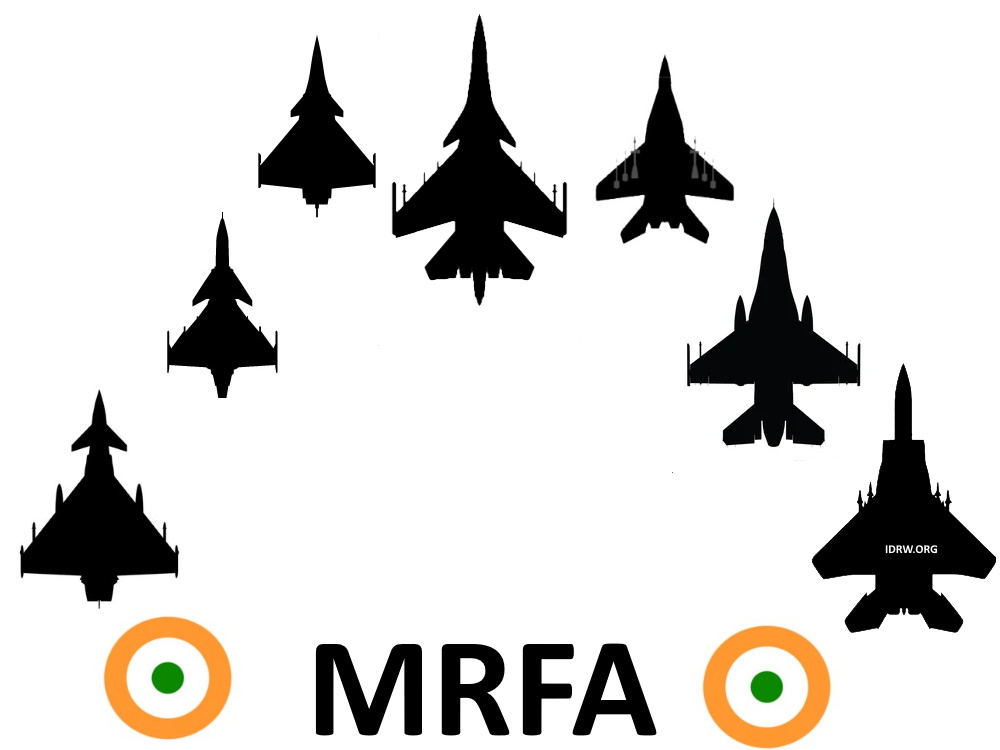

The Indian Air Force (IAF) has long faced the challenge of modernizing its fighter fleet to maintain operational readiness and ensure national security. The Multi-Role Fighter Aircraft (MRFA) tender, aimed at procuring 114 jets, has been a protracted and complex process, fraught with delays and bureaucratic hurdles. As Prime Minister Narendra Modi embarks on his third term, there is a critical opportunity to finally resolve this issue and enhance the IAF’s capabilities.
One of the primary reasons for the delay in the MRFA tender has been the cumbersome and bureaucratic procurement process. Simplifying and streamlining this process is essential. This can be achieved by setting clear timelines, reducing redundant procedures, and ensuring that decision-making authority is centralized to avoid unnecessary delays. A dedicated task force could be established to oversee the MRFA tender, ensuring accountability and swift resolution of issues that can be completed in next 2 years.
Continue readingSOURCE: RAUNAK KUNDE / NEWS BEAT / IDRW.ORG
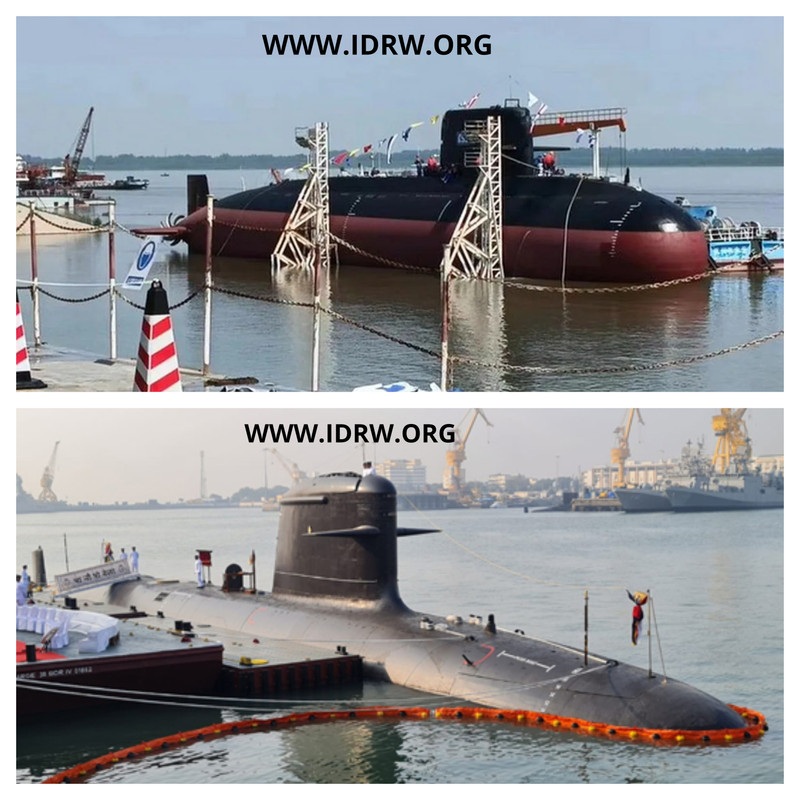

Pakistan’s Navy recently unveiled its latest acquisition, the Hangor-class submarines, built by China. These submarines come at a significantly lower price point compared to India’s planned procurements, raising questions about the strategic approaches of both nations.
Pakistan’s Hangor-class submarines boast a price tag of just $410 million each. This affordability comes with a caveat – the German MTU engines originally planned were denied export by Germany, leading to the use of Chinese diesel engines. While details are limited, these engines might have lower performance or require more frequent maintenance.
Continue readingSOURCE: RAUNAK KUNDE / NEWS BEAT / IDRW.ORG
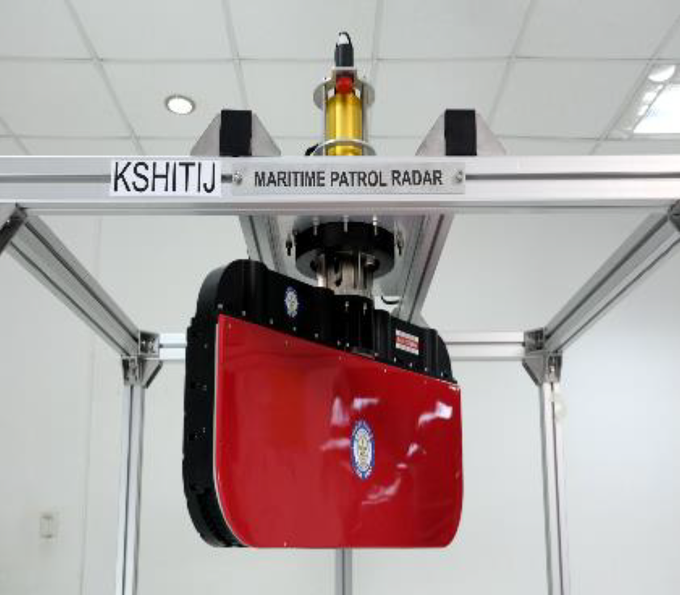

In a significant leap towards bolstering maritime surveillance capabilities, India has introduced the ‘KSHITIJ’ X-Band Active Electronically Scanned Array (AESA) radar. Developed by the Electronics & Radar Development Establishment (LRDE), this cutting-edge radar system is set to be a cornerstone in India’s maritime patrol efforts, enhancing the detection and monitoring of maritime activities.
The KSHITIJ radar is an advanced system designed for superior maritime surveillance. It features AESA technology, which offers several advantages over traditional radar systems, including faster target detection, improved tracking accuracy, and greater resistance to electronic countermeasures. This technology enables the radar to scan large areas quickly and efficiently, providing real-time data critical for maritime security operations.
Continue readingSOURCE: RAUNAK KUNDE / NEWS BEAT / IDRW.ORG
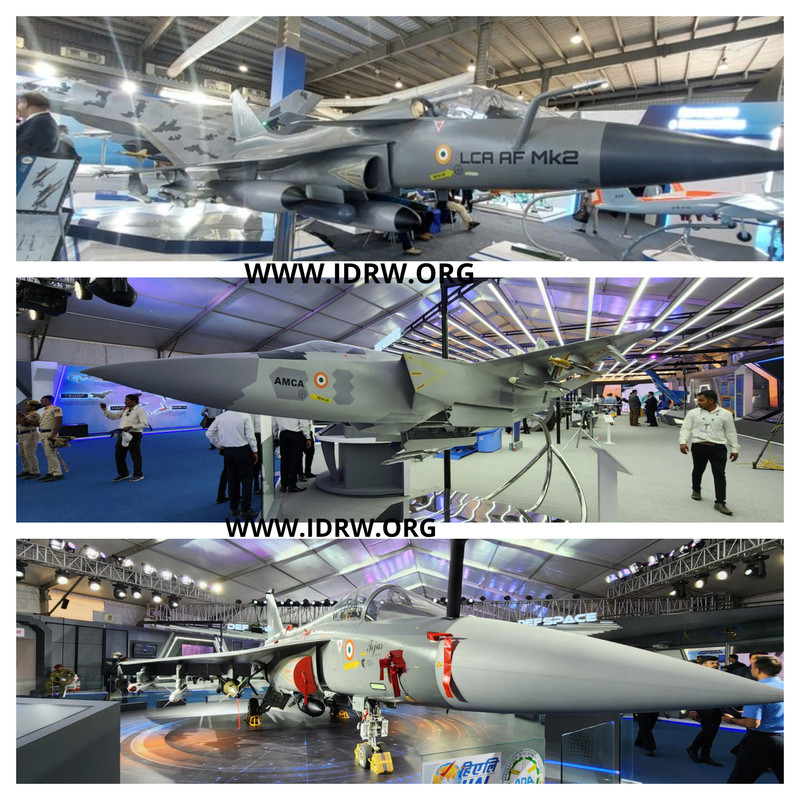

The Indian Air Force (IAF) is undergoing a significant modernization effort, with plans to simplify its fighter jet fleet in the coming decades. Currently, the IAF operates a diverse range of aircraft, including MiG-21s, Mirage-2000s, Jaguars, MiG-29s, Rafales, and Su-30MKIs. This variety presents logistical and training challenges.
The IAF aims to streamline its fleet to just five fighter jet types within the next 20 years. This will involve the gradual phasing out of older jets like the MiG-21, Mirage-2000, Jaguar, and MiG-29.
Continue readingSOURCE: RAUNAK KUNDE / NEWS BEAT / IDRW.ORG
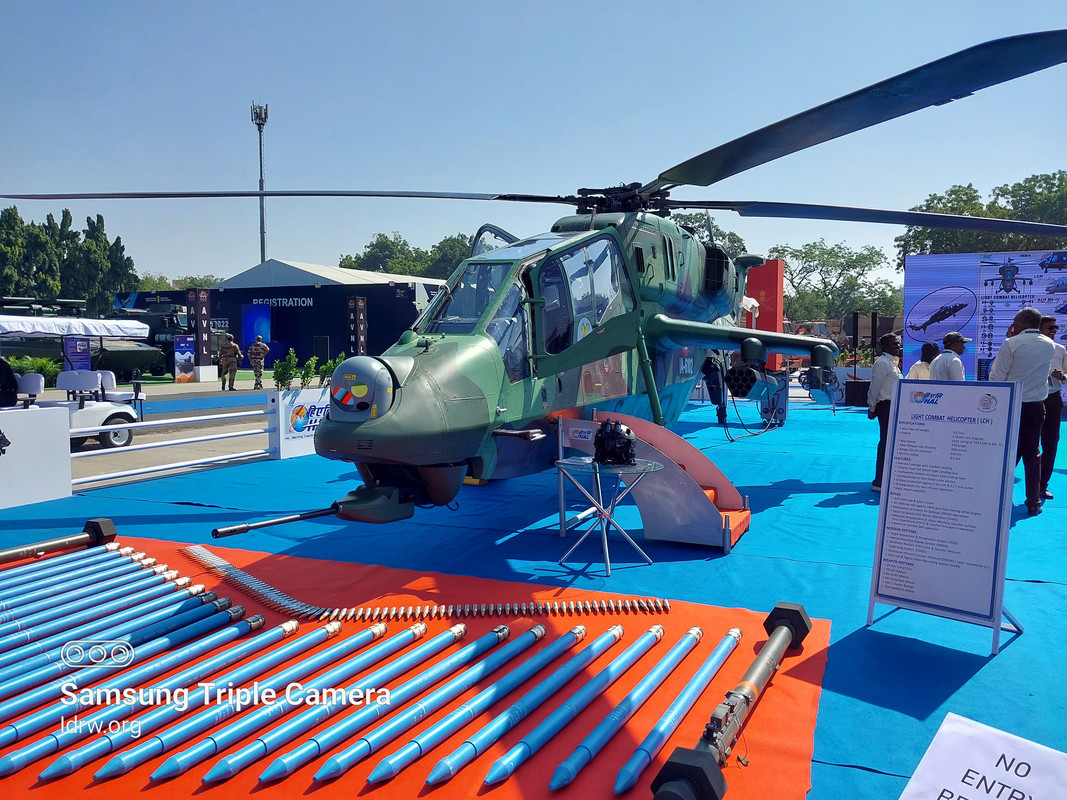

Hindustan Aeronautics Limited (HAL) is setting its sights on a potential helicopter deal with Argentina, following the South American nation’s decision to acquire American F-16 fighter jets instead of the Indian Tejas.
This comes after a promising visit in 2022, where a high-level Argentinian delegation led by Lt Gen Juan Martin Paleo, Joint Chief of Staff of the Argentine Armed Forces, toured HAL facilities in Bangalore.
Continue readingSOURCE: RAUNAK KUNDE / NEWS BEAT / IDRW.ORG
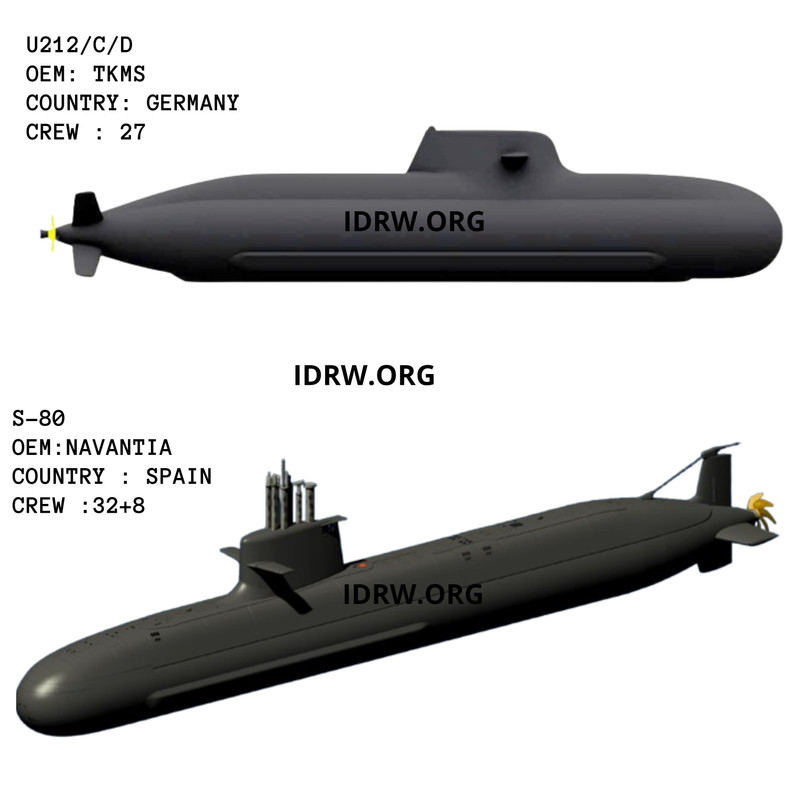

India’s most critical submarine acquisition project, Project 75 (India) or P75(I), faces fresh delays due to a hurdle related to a key criterion. Potential foreign vendors are struggling to meet this requirement, impacting the project’s timeline.
The program aims to construct six advanced conventional submarines with superior sensors, weapons, and a vital technology – Air Independent Propulsion (AIP). This technology allows submarines to stay underwater for extended durations without surfacing, enhancing their stealth and operational range.
Continue readingSOURCE: RAUNAK KUNDE / NEWS BEAT / IDRW.ORG
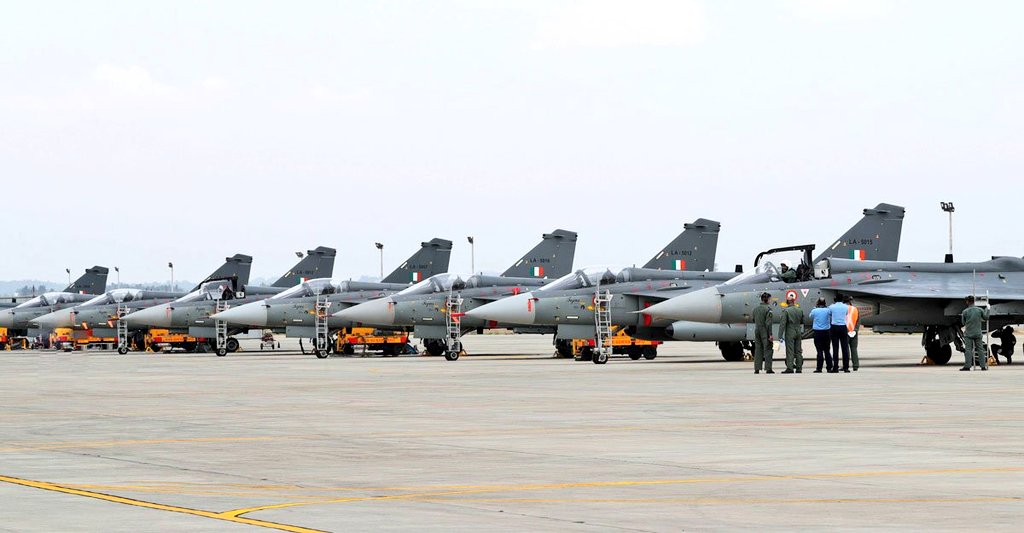

The Indian Air Force (IAF) is poised to welcome its newest fighter jet, the Tejas Mk1A, with the formation of the first squadron later this year. This indigenous aircraft marks a significant milestone in India’s self-reliance efforts in the defence sector.
According to sources at idrw.org, the first Tejas Mk1A squadron will be operational by the end of 2024 at Nal Air Force Station in Rajasthan, bordering Pakistan. Following the success of the first squadron, the IAF plans to establish a second squadron at Naliya Air Base in Kutch, Gujarat, further strengthening its aerial presence along the western frontier.
Continue readingSOURCE: RAUNAK KUNDE / NEWS BEAT / IDRW.ORG
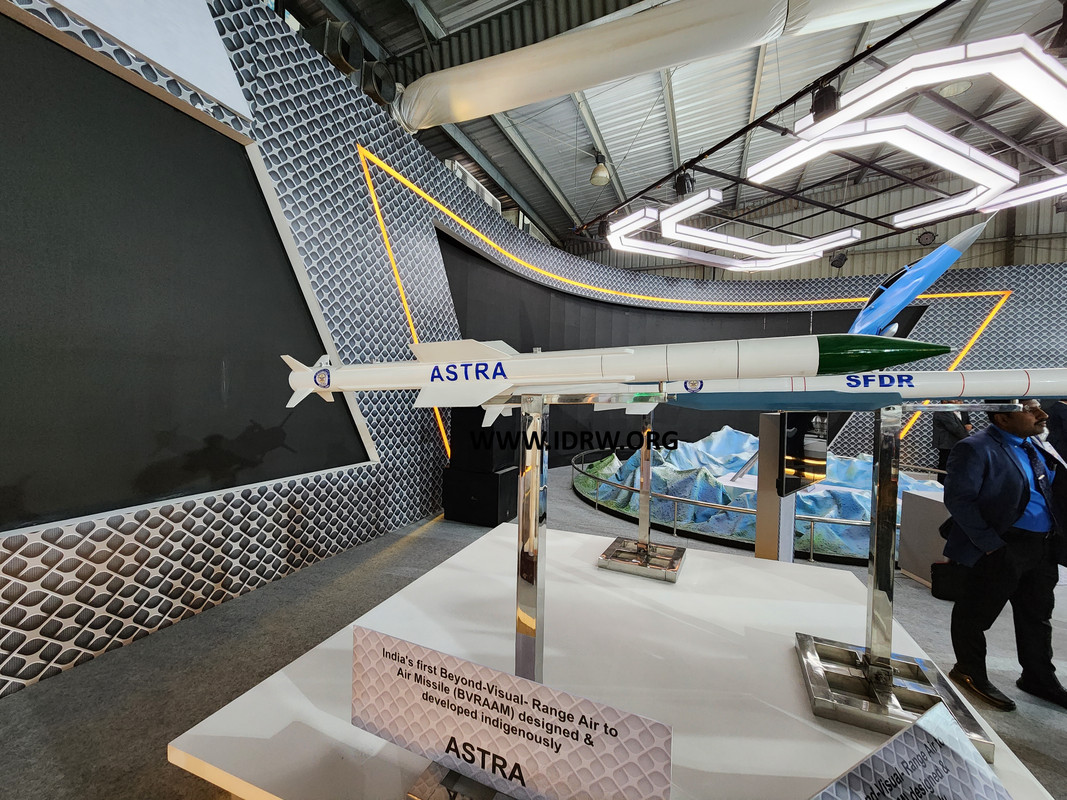

India and France are gearing up for joint trials of the Astra missile on Rafale fighter jets later this year. The trials will begin with captive flight tests, where the missile is carried but not launched, and progress to live firing exercises likely starting next year.
This development follows a 2022 Memorandum of Understanding (MoU) signed by Bharat Dynamics Limited (BDL) and Dassault Aviation Ltd. This agreement paves the way for integrating Indian-made weapon systems onto the Rafale jets.
Continue readingSOURCE: RAUNAK KUNDE / NEWS BEAT / IDRW.ORG
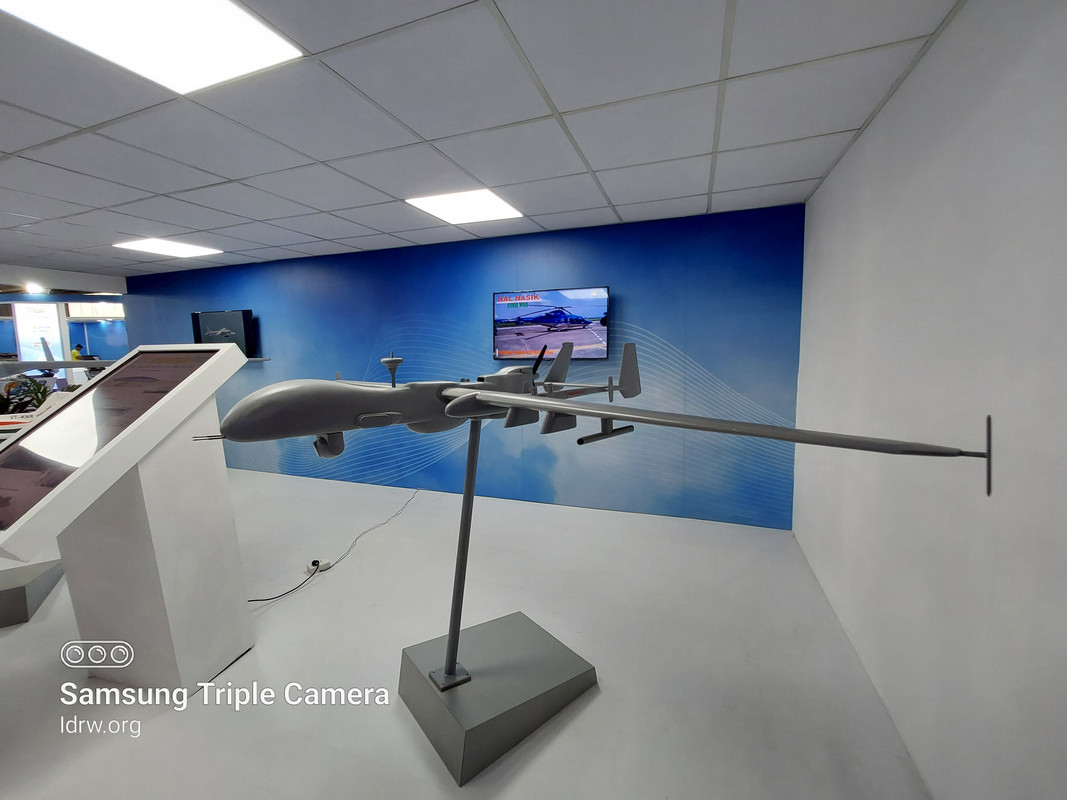

India’s military is acquiring advanced unmanned aerial vehicles (UAVs) to enhance its surveillance and tactical capabilities. This comes after Adani Defence delivered four indigenously-produced Hermes-900 drones, procured by the Indian Army and Navy.
The Hermes-900 is a medium-sized, multi-payload, long-endurance UAV designed for tactical missions. The Indian Air Force (IAF), however, opted for the Heron Mk II, a medium-altitude, long-endurance (MALE) UAV, acquiring four units.
Continue readingSOURCE: RAUNAK KUNDE / NEWS BEAT / IDRW.ORG


Solar Explosives, a private Indian defence company, is poised to make a significant contribution to the country’s indigenous missile program. The company has developed two long-range rocket systems and awaits approval from the Indian Army to proceed.
Solar Explosives has taken a commendable step by investing its funds in developing these new missile systems. While this demonstrates the company’s commitment to advancing India’s defence capabilities and potentially becoming a key player in the domestic missile industry, it also hit Army Wall that also has asked DRDO to develop Pinaka III with range that are similar to what Solar Explosives wanted to develop.
Continue readingSOURCE: RAUNAK KUNDE / NEWS BEAT / IDRW.ORG


Airbus and BAE Systems, the makers of the Eurofighter Typhoon, are addressing concerns about the jet’s lifespan in their bid for India’s Medium Multi-Role Fighter Aircraft (MRFA) tender. Speculation swirled after news that the next-generation Tempest fighter jet program could replace Typhoons in Italy and the UK by 2040.
However, Airbus and BAE System officials have informed idrw.org that the Eurofighter will remain operational well past that date, potentially until 2060 not only in the Partner country but also with Export Operators like Saudi Arabia and Kuwait. They emphasize the jet’s adaptability and ongoing upgrades, ensuring its continued relevance in the coming decades.
Continue readingSOURCE: RAUNAK KUNDE / NEWS BEAT / IDRW.ORG
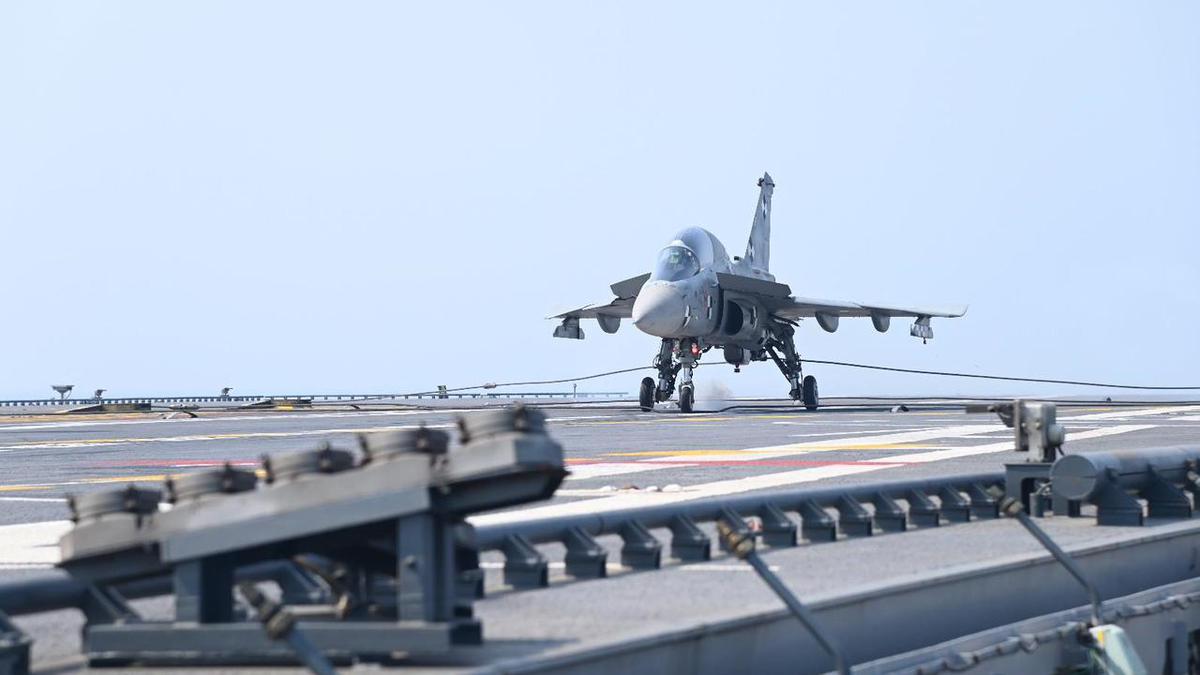

In 2020, Hindustan Aeronautics Limited (HAL) offered its LCA-Navy LIFT (Lead-in Fighter Trainer) aircraft in response to the US Navy’s search for a new trainer jet program. While the Tejas LIFT boasts advanced features, it ultimately fell short of the US Navy’s specific requirements.
The LCA-Navy LIFT falls under a niche category of advanced jet trainers. These trainers offer superior manoeuvrability and more sophisticated electronics compared to their older counterparts. Additionally, they provide training for various air combat scenarios, including air-to-air combat, missile defence, and strike missions.
Continue reading